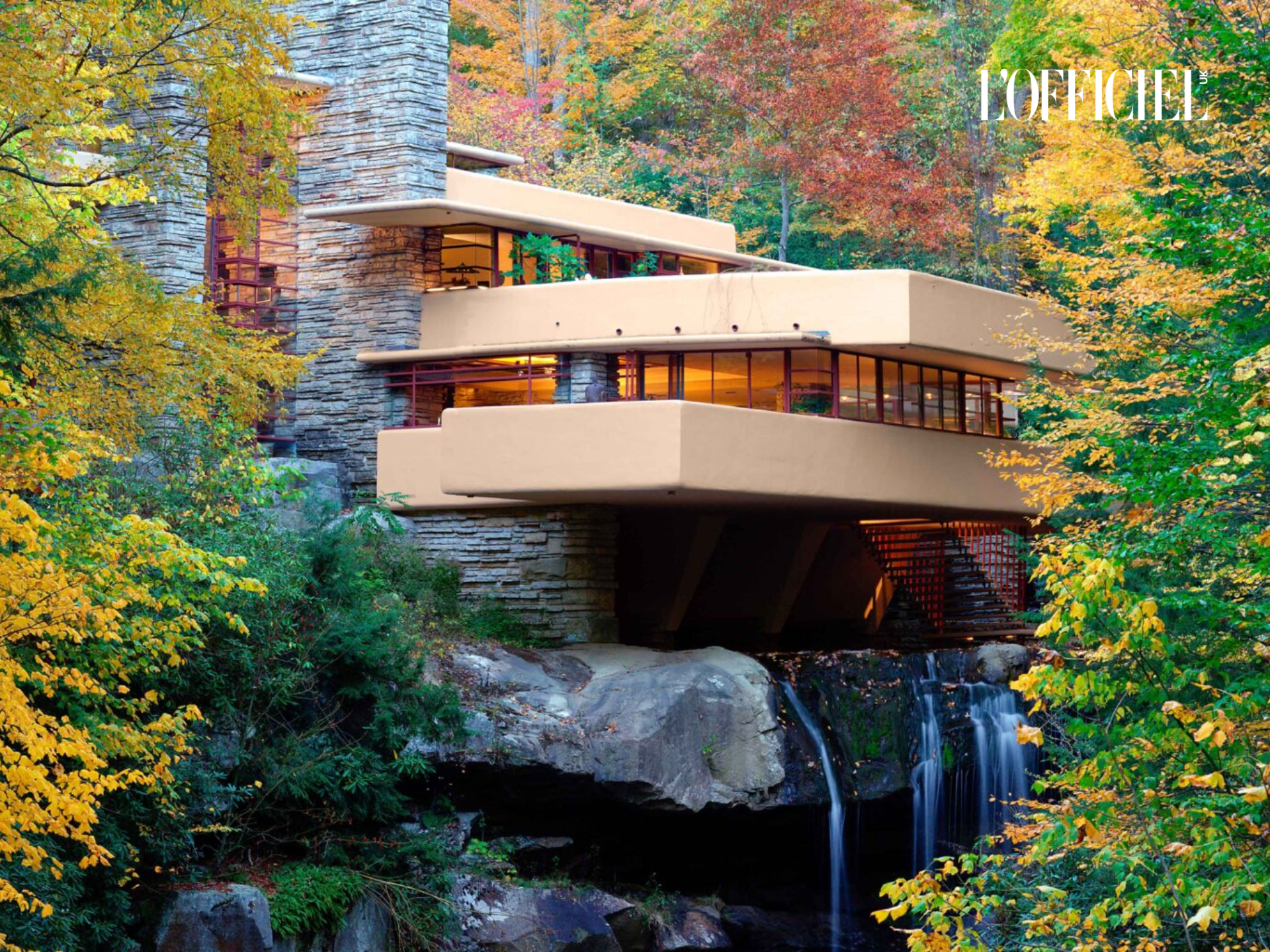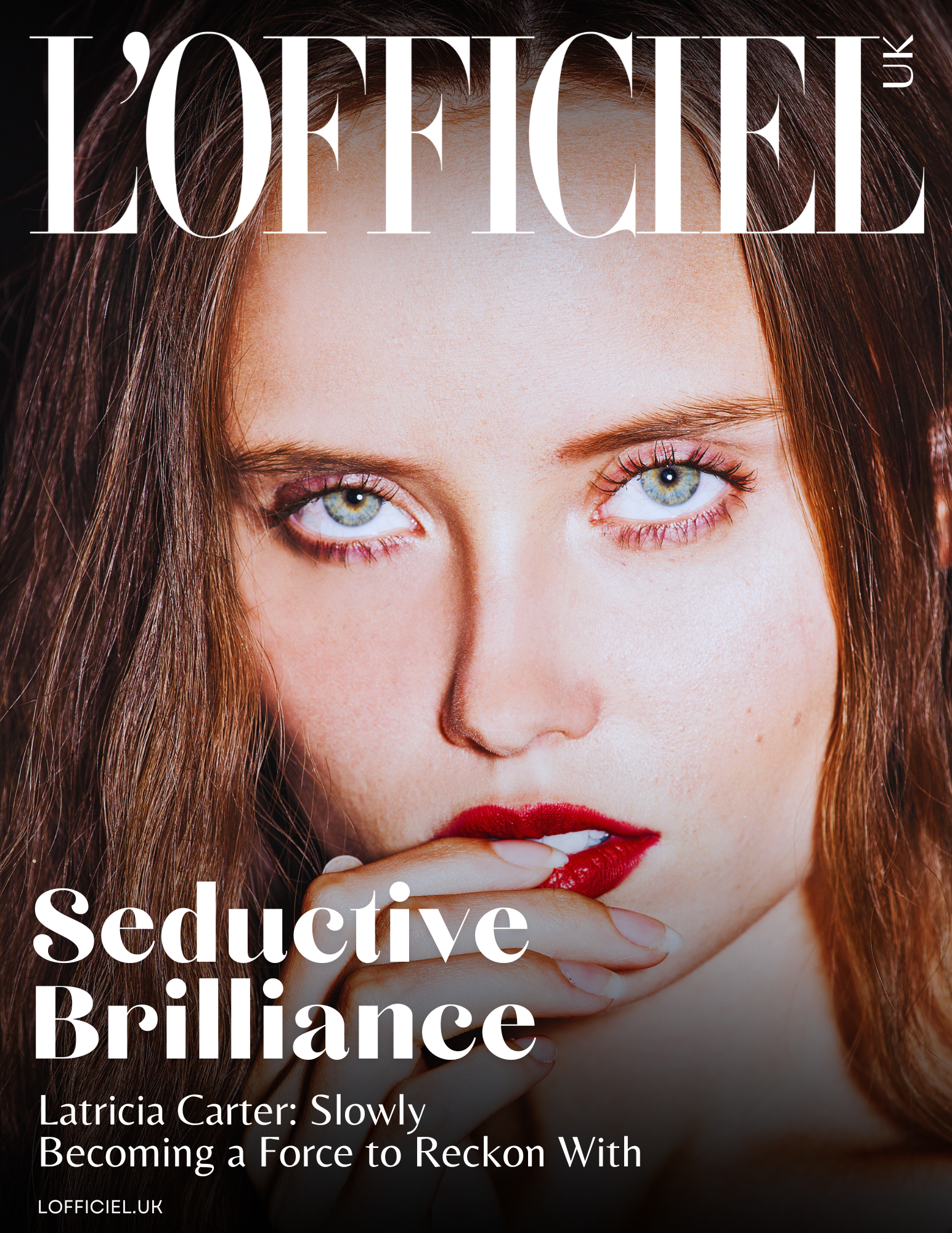Avant-garde architecture represents a bold and innovative approach to building design, characterized by radical ideas and a departure from traditional forms. This architectural style is often associated with movements like Modernism, Constructivism, Deconstructivism, and Parametricism, pushing the boundaries of aesthetics and functionality.
Key Characteristics of Avant-Garde Architecture
- Innovation in Form and Structure: Avant-garde architecture often features unconventional shapes and materials that challenge traditional architectural norms. This innovation can manifest in fluid forms, asymmetrical designs, and the use of modern materials like glass, steel, and concrete.
- Integration of Art and Life: Many avant-garde architects believe that architecture should not be an isolated discipline but should integrate with art and everyday life. This philosophy encourages designs that reflect cultural contexts and human experiences.
- Focus on Functionality: While aesthetics are crucial, avant-garde architecture also emphasizes functionality. Buildings are designed to serve their intended purposes while also making a statement about contemporary society.
- Sustainability and Technology: Recent trends in avant-garde architecture incorporate sustainable practices and advanced technologies, reflecting a commitment to environmental consciousness.
Notable Examples of Avant-Garde Architecture
1. Villa Savoye

- Architect: Le Corbusier
- Year: 1929-1931
- Located in Poissy, France, Villa Savoye is a cornerstone of Modernist architecture. It embodies Le Corbusier’s “Five Points of Architecture,” featuring pilotis (supports), a flat roof terrace, an open floor plan, ribbon windows, and a free façade. This house exemplifies the integration of industrial principles into residential design while promoting a mechanized aesthetic.
2. Fallingwater
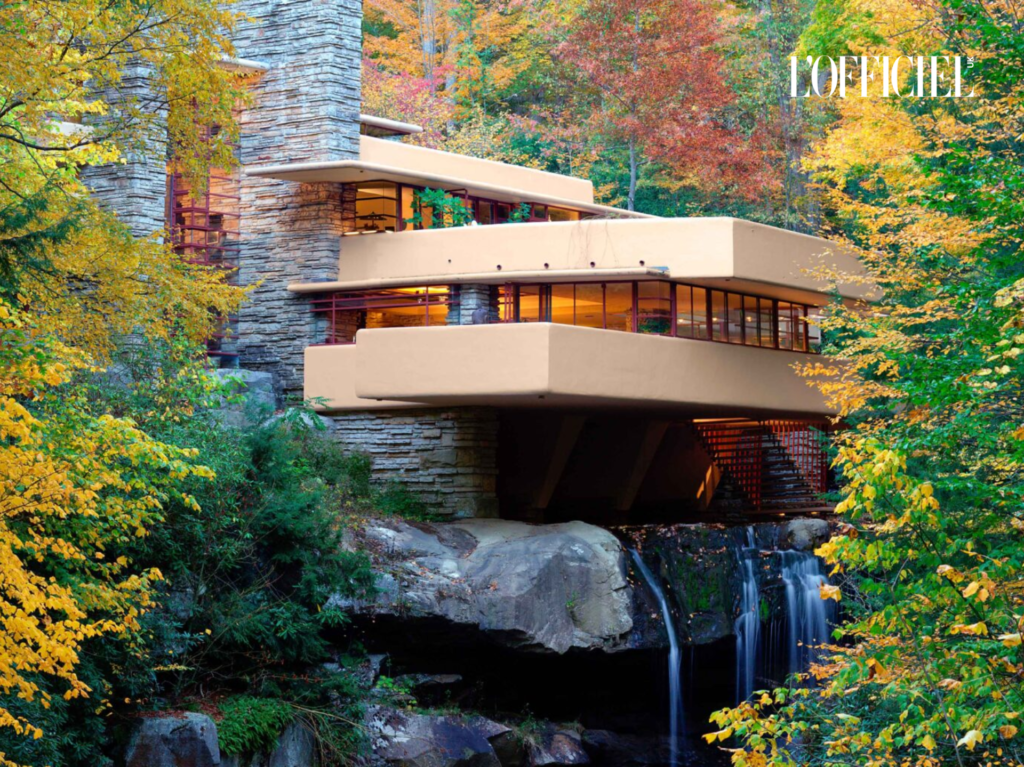
- Architect: Frank Lloyd Wright
- Year: 1937
- Situated over a waterfall in Pennsylvania, Fallingwater is celebrated for its organic architecture. Wright’s design harmonizes with nature through cantilevered terraces that extend over the falls, using local materials to create a seamless connection between the structure and its surroundings.
3. Sydney Opera House
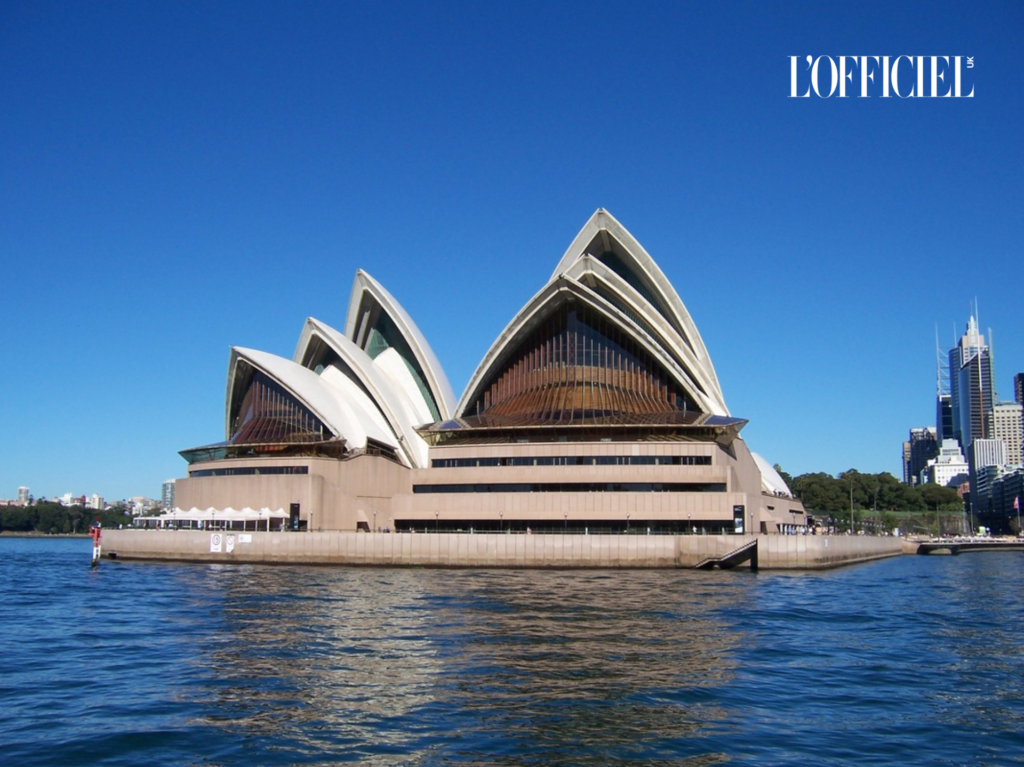
- Architect: Jørn Utzon
- Year: 1973
- This iconic building features a series of sail-like shells that create a striking silhouette against Sydney’s harbor. The design was revolutionary for its time and has become a symbol of modern architecture worldwide.
4. Dancing House
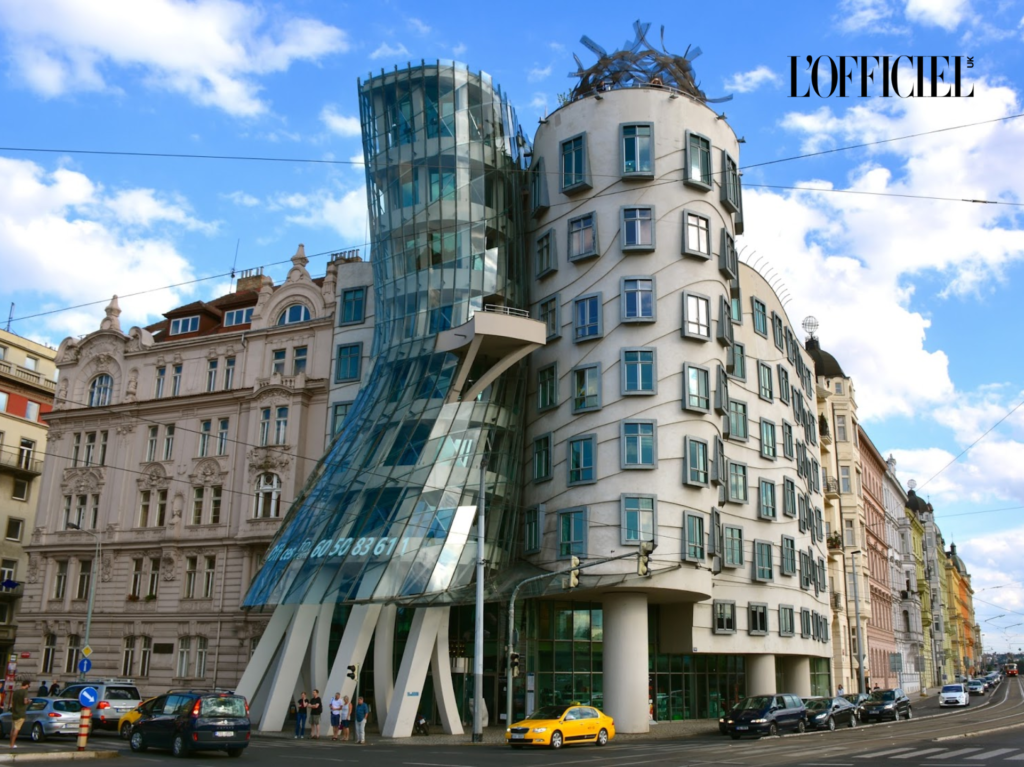
- Architects: Frank Gehry and Vlado Milunić
- Year: 1996
- Located in Prague, the Dancing House is an example of deconstructivism architecture, resembling a pair of dancers in motion. Its unique form challenges conventional architectural norms and has become one of the city’s most recognizable landmarks.
5. Guggenheim Museum
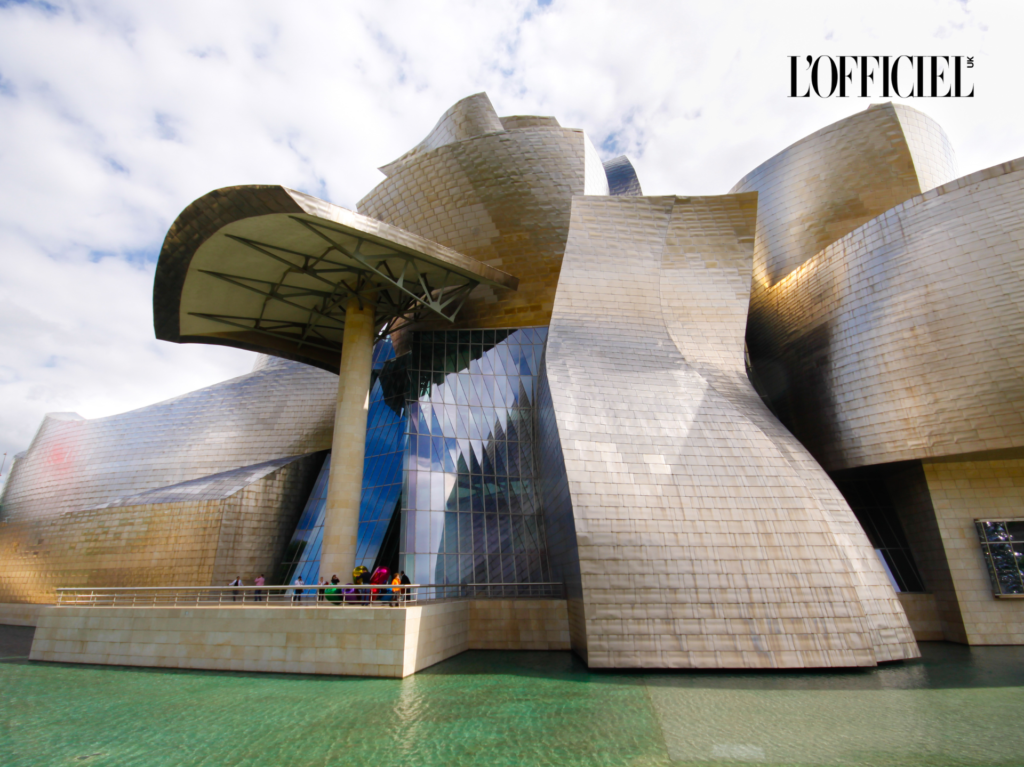
- Architect: Frank Gehry
- Year: 1997
- The Guggenheim Museum in Bilbao showcases Gehry’s signature style with its swirling forms and metallic exterior. The building’s innovative design has revitalized the surrounding area and is considered a masterpiece of contemporary architecture.
6. Heydar Aliyev Center
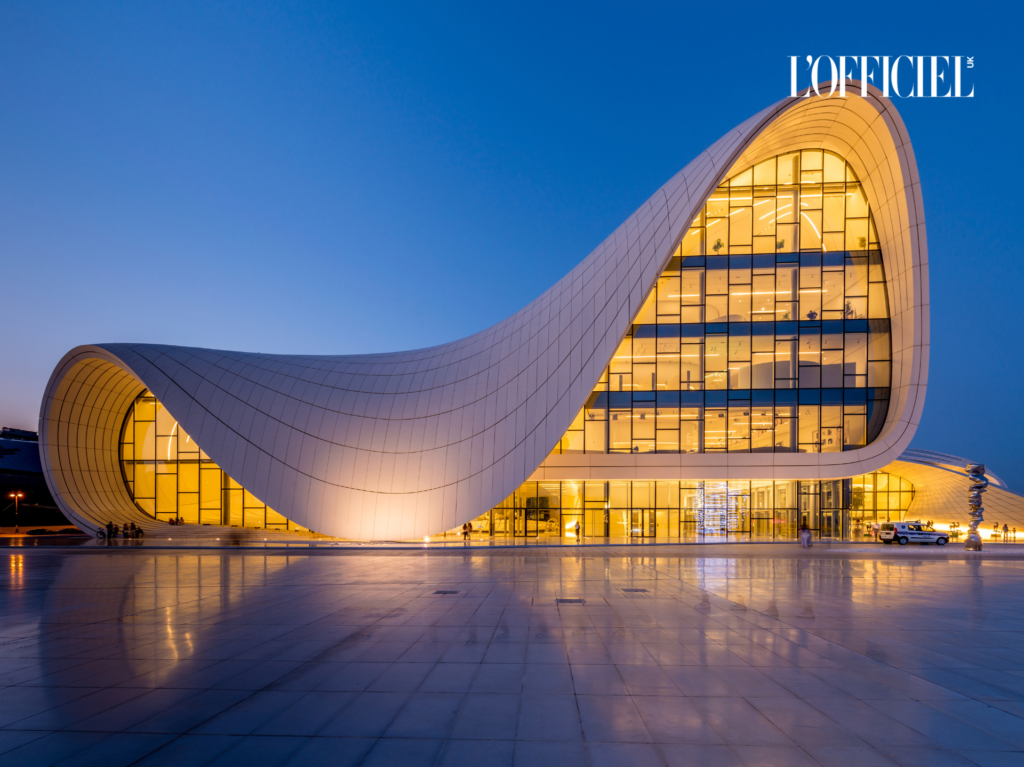
- Architect: Zaha Hadid
- Year: 2012
- Located in Baku, Azerbaijan, this cultural center is renowned for its fluid form that defies traditional architectural conventions. Hadid’s design emphasizes organic shapes and dynamic spaces, exemplifying her innovative approach to architecture

